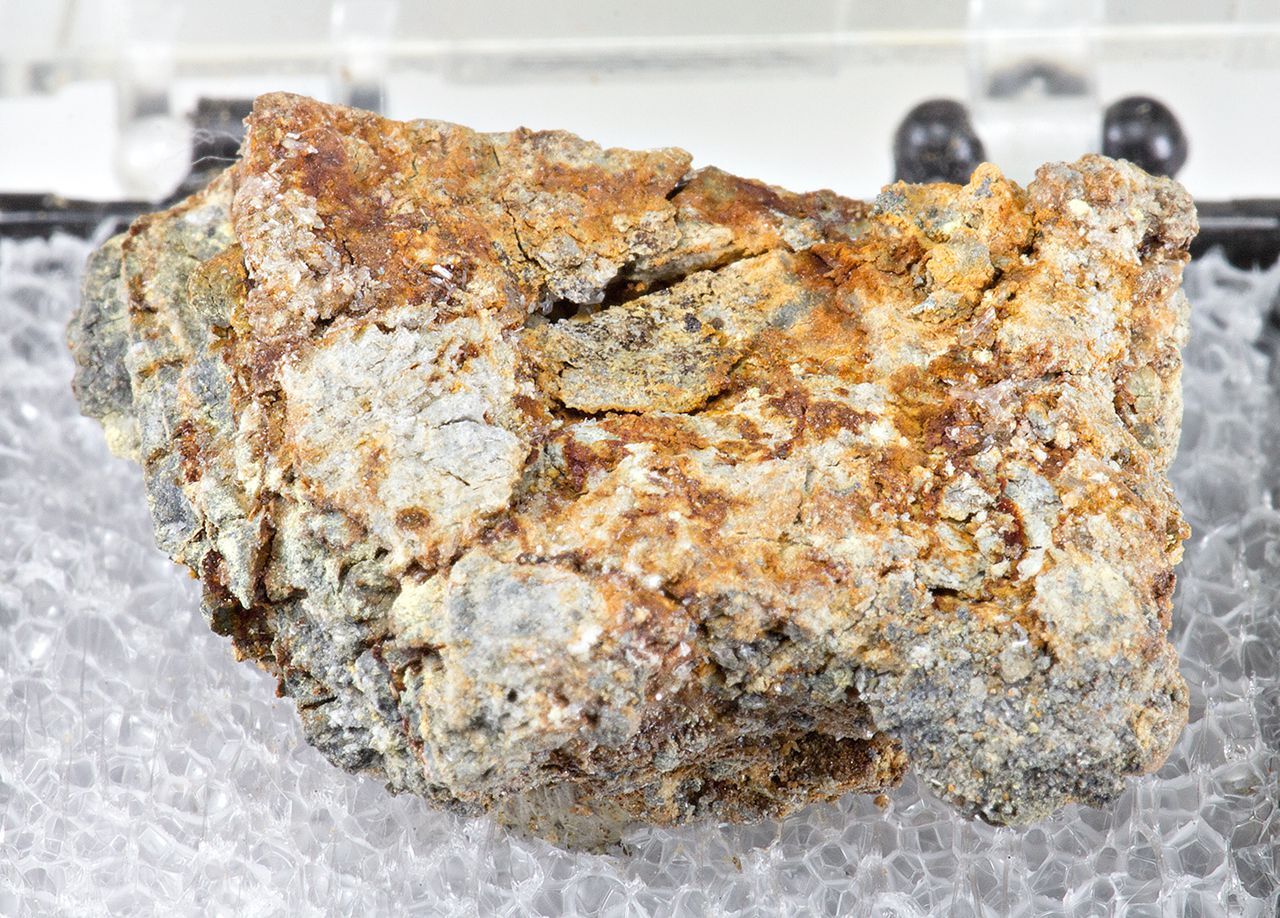
Chaidamuite is a rare and fascinating mineral that captures the interest of geologists and mineral enthusiasts alike. Found primarily in the Chaidamu Basin of China, this mineral boasts unique properties and an intriguing history. But what exactly makes Chaidamuite so special? Is it its chemical composition, its formation process, or perhaps its striking appearance? In this blog post, we'll delve into 20 captivating facts about Chaidamuite that will shed light on its significance and allure. From its discovery to its various uses, you'll gain a deeper understanding of why this mineral stands out in the world of geology. Ready to learn more? Let's get started!
Key Takeaways:
- Chaidamuite, a rare mineral found in arid environments, has small prismatic crystals and a yellow to brown color. It's mainly of interest to collectors and has no significant industrial use.
- Named after its discovery location, the Qaidam Basin, Chaidamuite can fluoresce under UV light and is stable under normal conditions. It's not a gemstone due to its softness and rarity.
What is Chaidamuite?
Chaidamuite is a rare mineral that has intrigued scientists and collectors alike. Found in specific geological settings, it holds unique properties that make it a subject of study. Here are some fascinating facts about this mineral.
-
Chaidamuite was first discovered in 1981 in the Qaidam Basin, China. This is where it gets its name.
-
It belongs to the sulfate mineral group, which means it contains sulfur and oxygen atoms bonded together.
-
The chemical formula for Chaidamuite is Fe2+Fe3+2(PO4)2(OH)2·8H2O. This complex formula indicates the presence of iron, phosphate, hydroxide, and water molecules.
-
Chaidamuite typically forms in arid environments. These dry conditions are crucial for its formation and stability.
Physical Characteristics of Chaidamuite
Understanding the physical properties of Chaidamuite can help identify it in the field. Here are some key characteristics.
-
Chaidamuite crystals are usually small and prismatic. They often appear as tiny, elongated shapes.
-
The color of Chaidamuite ranges from yellow to brown. This coloration is due to the iron content within the mineral.
-
It has a vitreous to dull luster. This means it can appear glassy or somewhat matte, depending on the sample.
-
The hardness of Chaidamuite is about 3.5 on the Mohs scale. This makes it relatively soft compared to other minerals.
Geological Occurrence
Chaidamuite is not found everywhere. Its occurrence is limited to specific geological settings.
-
It is primarily found in evaporite deposits. These are sedimentary rocks formed by the evaporation of water, leaving behind minerals.
-
Chaidamuite is often associated with other sulfate minerals. These include gypsum, anhydrite, and halite.
-
The Qaidam Basin remains the most significant source of Chaidamuite. However, it has also been reported in other arid regions around the world.
Uses and Applications
While not widely used, Chaidamuite has some niche applications and significance.
-
Chaidamuite is mainly of interest to mineral collectors. Its rarity and unique properties make it a prized specimen.
-
It can be used in geological research. Studying Chaidamuite helps scientists understand the conditions under which it forms.
-
Chaidamuite has no significant industrial applications. Its rarity and specific formation conditions limit its practical use.
Interesting Facts
Here are some additional intriguing tidbits about Chaidamuite.
-
Chaidamuite can fluoresce under UV light. This property makes it interesting for mineralogists and collectors.
-
It is often found in the form of crusts or coatings on other minerals. This can make it challenging to identify in the field.
-
Chaidamuite is named after its discovery location, the Qaidam Basin. This is a common practice in mineralogy.
-
The mineral is relatively stable under normal conditions. However, it can decompose in the presence of water over long periods.
-
Chaidamuite has a specific gravity of about 2.8. This is a measure of its density compared to water.
-
It is not considered a gemstone. Its softness and rarity make it unsuitable for jewelry.
Chaidamuite remains a fascinating subject for those interested in mineralogy and geology. Its unique properties and limited occurrence make it a mineral worth studying.
The Final Word on Chaidamuite
Chaidamuite, a rare mineral, holds a unique place in geology. Found primarily in the Chaidamu Basin of China, it’s known for its distinct crystal structure and vibrant color. This mineral, composed of copper, iron, and sulfate, fascinates scientists and collectors alike. Its formation process, involving the oxidation of copper deposits, offers insights into geological transformations.
Understanding Chaidamuite’s properties helps in various scientific fields, from mineralogy to environmental studies. Its rarity makes it a prized specimen for collectors, adding value to geological collections worldwide. Whether you’re a budding geologist or a seasoned collector, Chaidamuite’s allure is undeniable.
So, next time you come across this intriguing mineral, remember its significance and the fascinating story it tells about our planet’s history. Chaidamuite isn’t just a mineral; it’s a window into the Earth’s dynamic processes. Keep exploring, and who knows what other hidden gems you might find!
Frequently Asked Questions
Was this page helpful?
Our commitment to delivering trustworthy and engaging content is at the heart of what we do. Each fact on our site is contributed by real users like you, bringing a wealth of diverse insights and information. To ensure the highest standards of accuracy and reliability, our dedicated editors meticulously review each submission. This process guarantees that the facts we share are not only fascinating but also credible. Trust in our commitment to quality and authenticity as you explore and learn with us.
